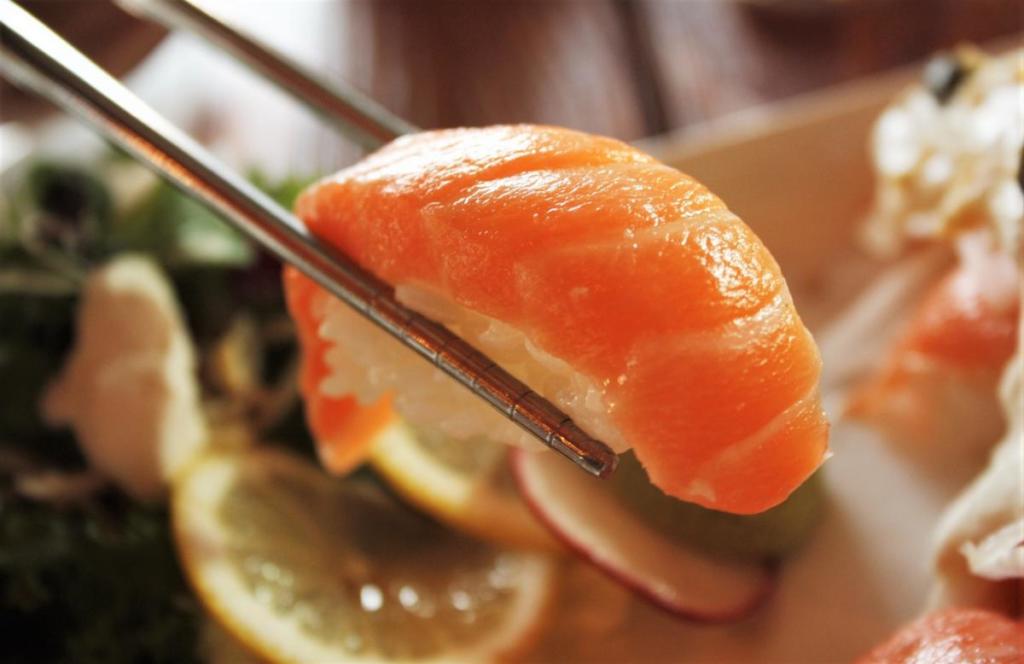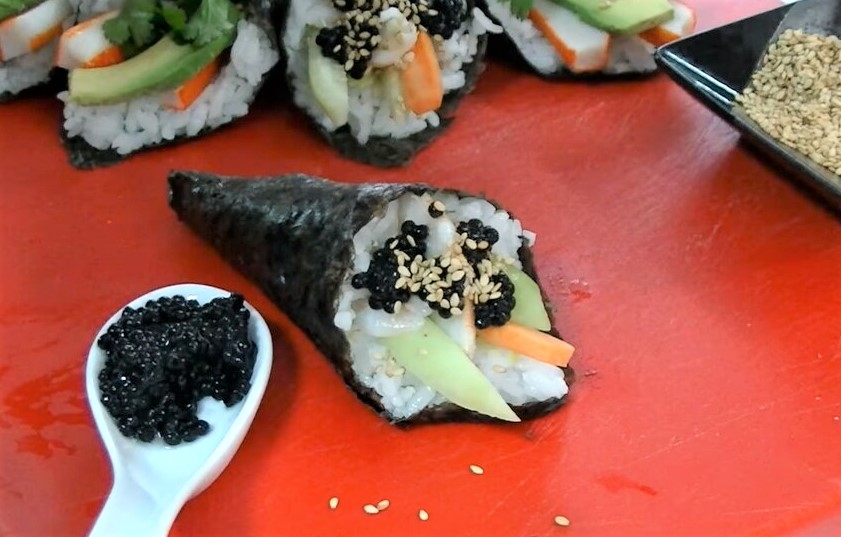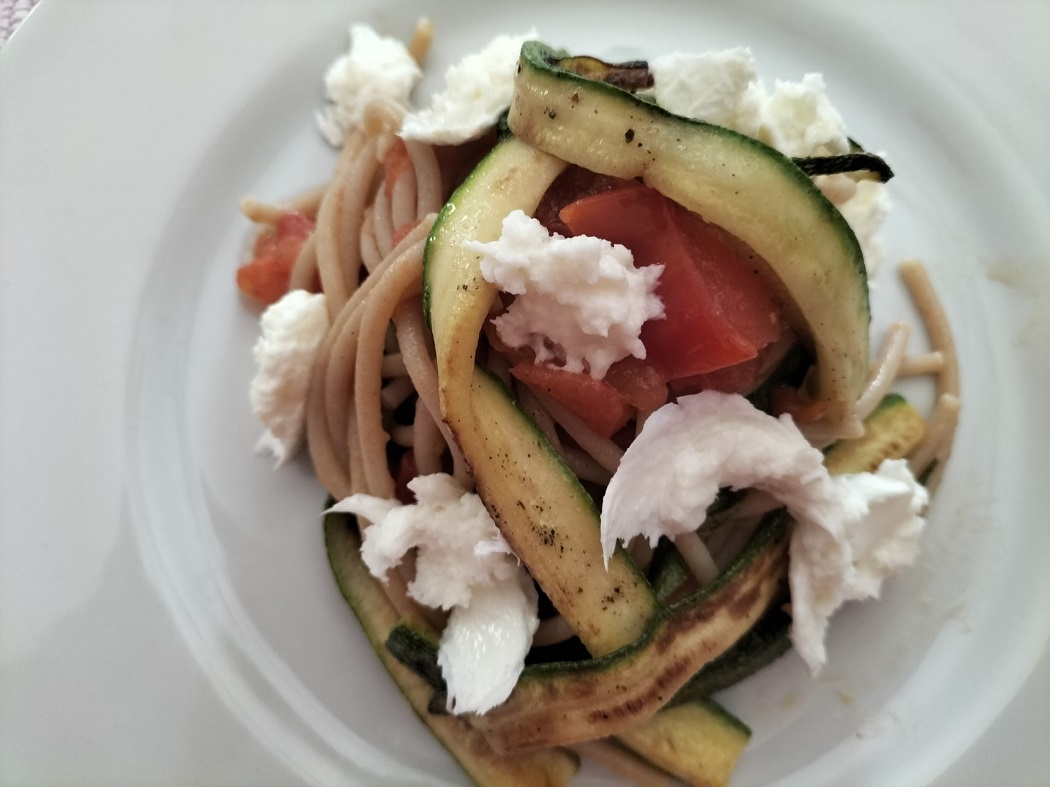Today, I want to go and discover the customs at the table in the "Land of the Rising Sun", Japan!
Why is it called the "Land of the Rising Sun"?
Japan, in Japanese we say Nihon and we write 日本 ri-ben, 日 ri means day and 本 means origin, therefore "origin of the day" from here we arrive at the "Land of the Rising Sun".

Japanese chopsticks - Hashi
As in China, in Japan you eat with chopsticks, but in Japan you have various types of chopsticks, there are:
Nuribashi are the sticks used daily in the family
Waribashi are the disposable chopsticks we usually find in restaurants
Toribashi are the chopsticks that are used to serve dishes
Saibashi are used for cooking. Unlike the others they are longer and thicker, usually at the base they are joined with a string, so as to hang them.
Generally chopsticks are longer for men and shorter for women, and smaller chopsticks suitable for children can also be found.
As for the Chinese table, also at the Japanese one it is forbidden to place the chopsticks vertically inside the bowl. This is part of a funeral rite and is therefore a bad omen.
With chopsticks, neither people nor things are indicated, food is not skewered with chopsticks, chopsticks are not used to move dishes. Chopsticks never cross because that is bad and, to take food from the shared plate, you must not use the end of the chopsticks with which you eat, but you must turn them upside down.
Customs at the table and more
Japanese etiquette loves table noise. For example, when you eat a soup, the famous "suck" that we hate is very welcome, in Japan this is synonymous with having enjoyed food and therefore it is one of the fundamental rules of Japanese etiquette.
We pour each other drinks and never drink alone, therefore, be careful when the glass of your guests is empty because it will be up to you to fill it.
For the Japanese, it is a symbol of rudeness to eat and drink while walking on the street, stopping and enjoying food and then walking again.
My souvenir for you today
My body remains at home, like that of all of you, but my gaze travels elsewhere and even if your gaze feels frustrated in always looking at the same walls of the house, come with me and we begin to travel with our imagination, because at least the "fantasy" is still free!
Today I want to enjoy good temaki admiring one of the oldest Japanese temples, the Senso-ji Temple.

Temaki recipe
Ingredients:
40 g sushi rice (per serving)
Mori seaweed
Fresh tuna
Cucumbers
Avocado
Rice vinegar
Salt and sugar
We put the rice in cold water and let it soak for about 10 minutes. We repeat this process twice, then we put the rice to cook in salted water for about 15 minutes. Drain the rice and let it cool.
In a clean saucepan, pour the rice vinegar (2 tablespoons) with the sugar (1 tablespoon) and the salt (1 tablespoon), pour it all into the rice, mix and let it flavour.

In the meantime, take the seaweed sheets and cut them in half so as to create two rectangles, then cut the fresh tuna into strips as well as the cucumber and avocado.
Let's start stuffing!
We take a rectangle of seaweed, starting from the left we put a nice spoonful of rice, strips of tuna, cucumber and avocado. Slowly we try to roll up the seaweed sheet trying to give it a cone shape.
Of course you can enjoy your temaki with soy sauce or wasabi.
Enjoy your meal!








Follow us